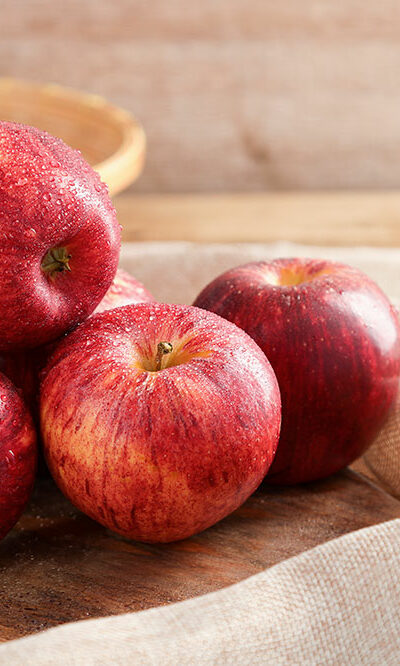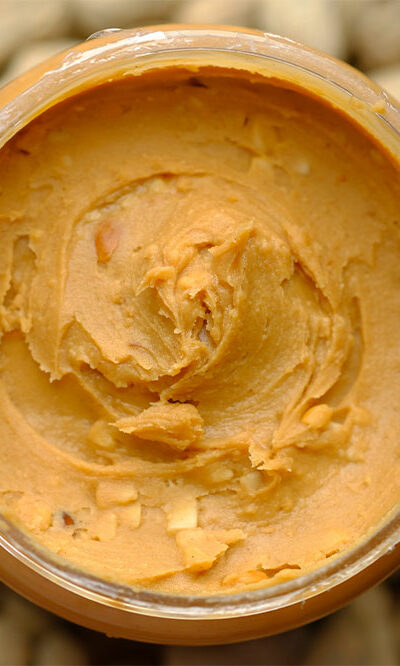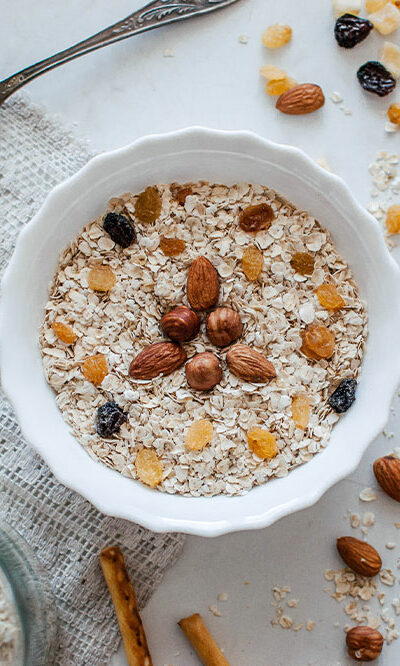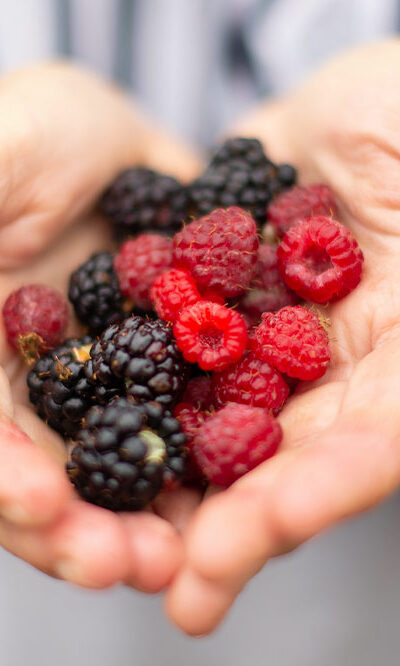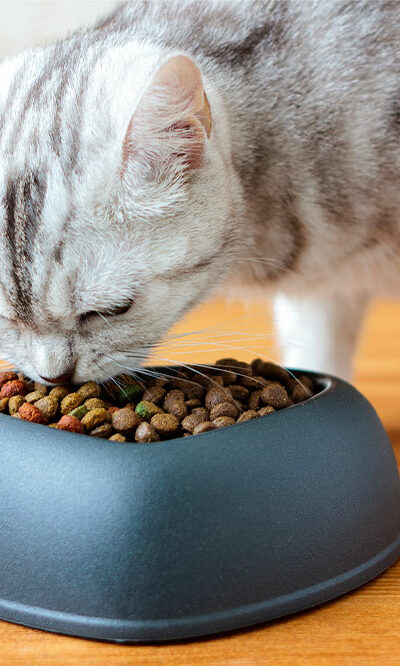
10 Black Friday cat food deals
Black Friday is not just the time to shop for furniture, electronics, clothes, or gifts for friends and family. You can also save a lot of money on food for your pet cat. Black Friday brings the best deals and discounts on cat foods from various top brands, and you must take full advantage of that. Make this sale extravaganza useful by ensuring your cat gets the best nutrition and taste at a pocket-friendly expenditure. Purina Pro Plan The Purina Pro Plan LiveClear is one of the top cat foods that can be perfect for pets with food allergies and intolerances. It is a kibble that safely and strategically neutralizes Fel D 1 with a key protein from eggs. Fel D 1 is a cat allergen found in their saliva. If you wish to safeguard your little furry friend from allergies, then Amazon, on Black Friday, is giving you the Purina Pro Plan at a great discount. Nutro Wholesome Essentials Nutro Wholesome Essentials is a kibble that can nourish your cat with the nutrients it needs while also being full of flavor and easy to digest. It is made with non-GMO ingredients and is free of all sorts of artificial preservatives, flavors, and colors. It is a healthy and tasty meal, and you can expect this item to be available on Amazon on Black Friday at quite a good discount. Tiki Cat Tiki Cat is a brand of canned cat food that is grain-free. Felines can have this option as a full meal or even in small amounts as a snack. It is delicious and nutritious enough to keep your cat healthy. This Black Friday, you might be able to get it for $16.56 instead of $18.48. Wellness Wellness has three ranges for cats, Core, Core Digestive Health, and Complete Health.



